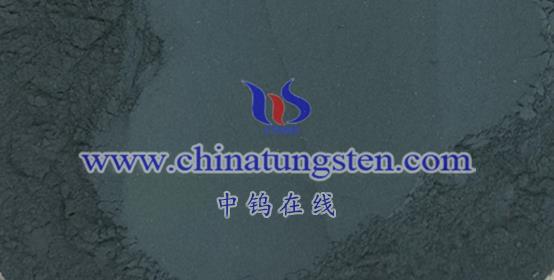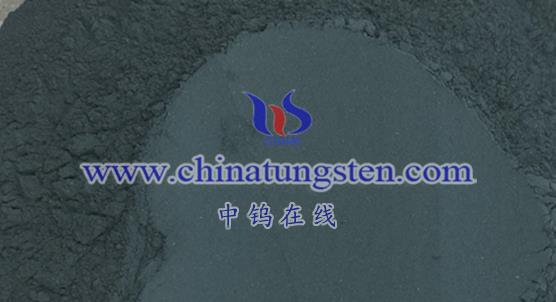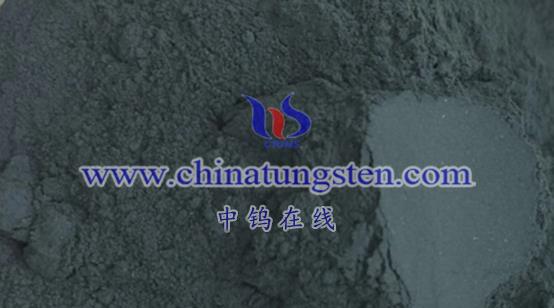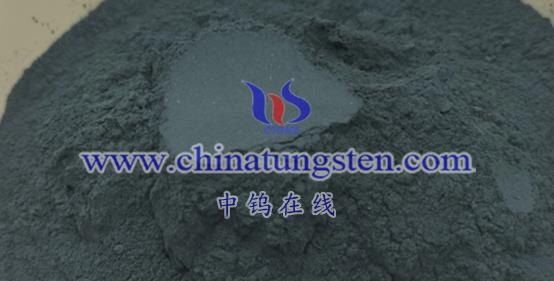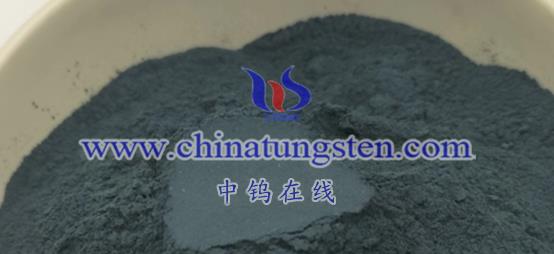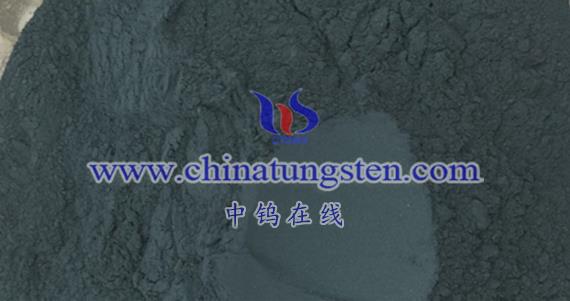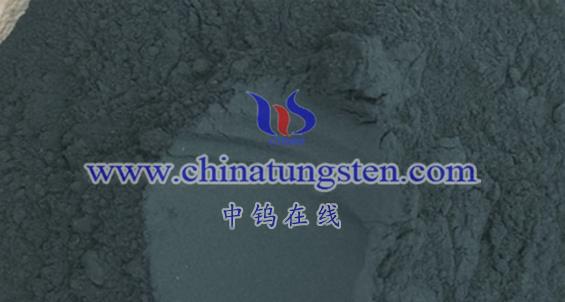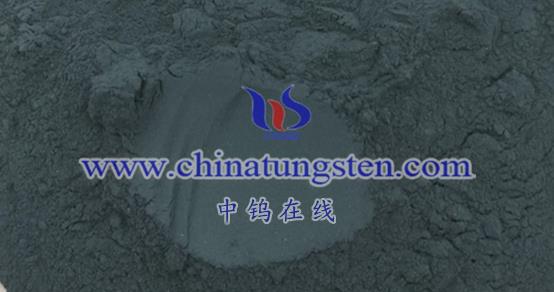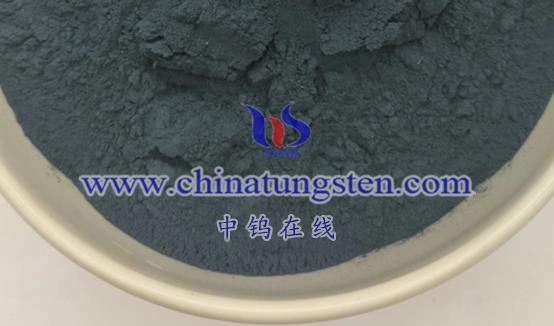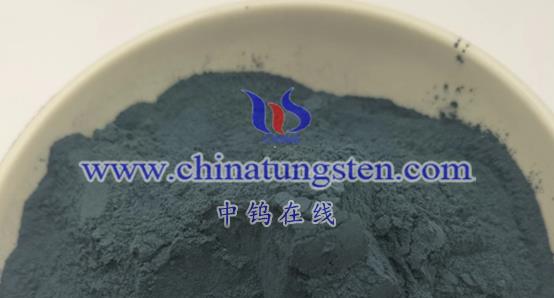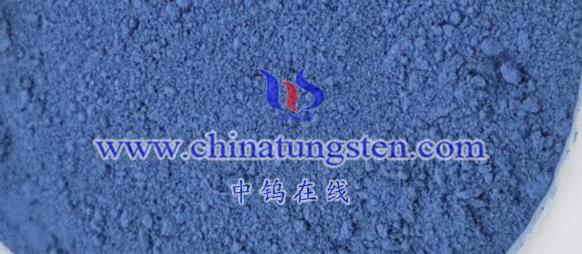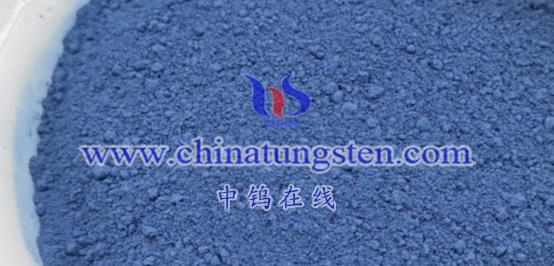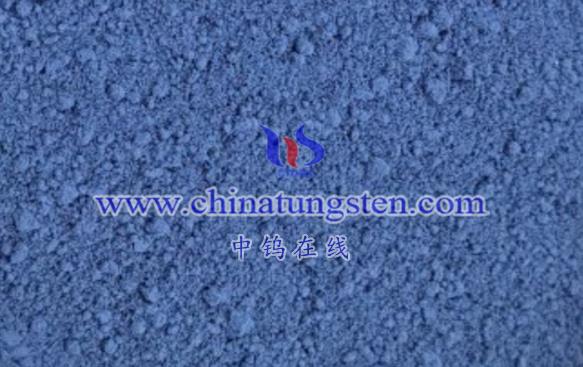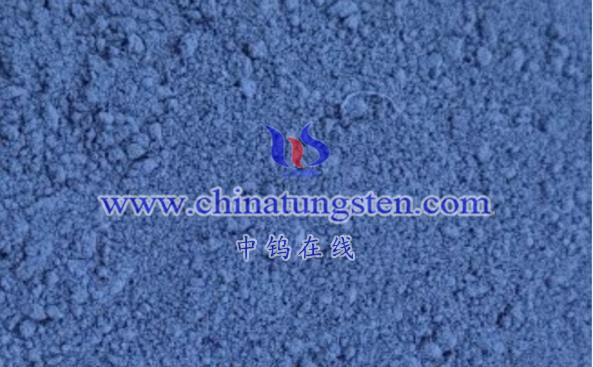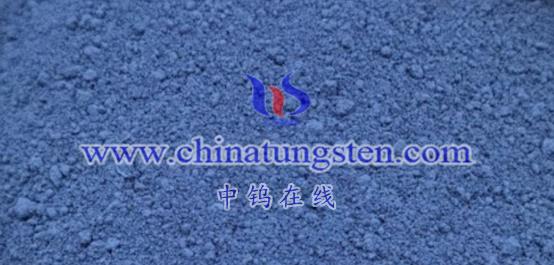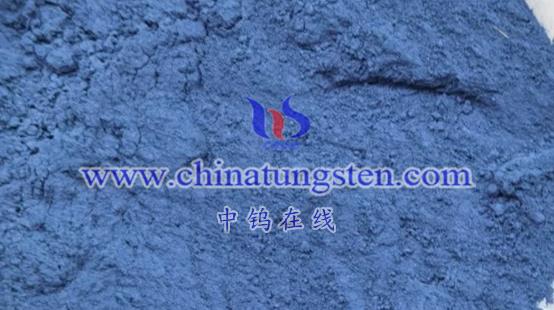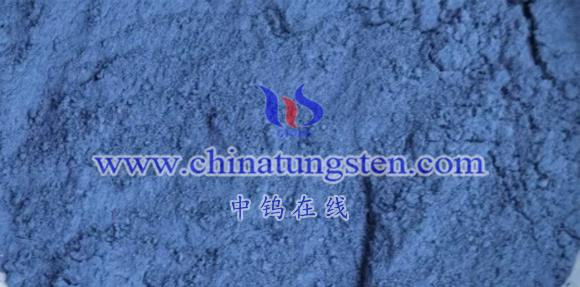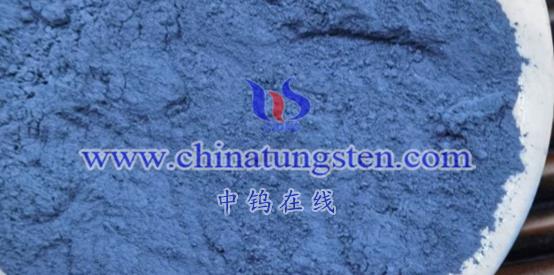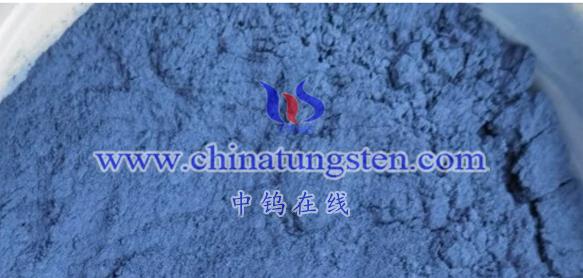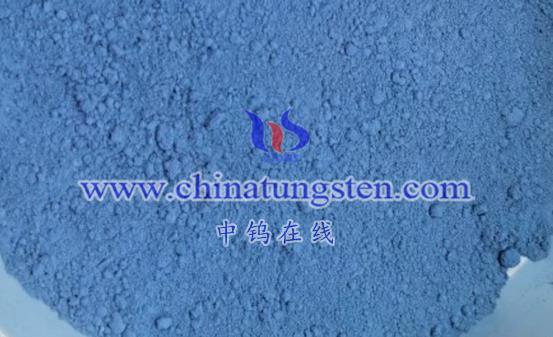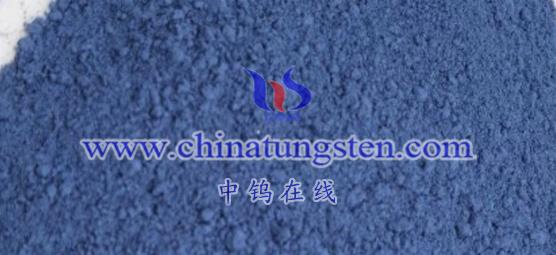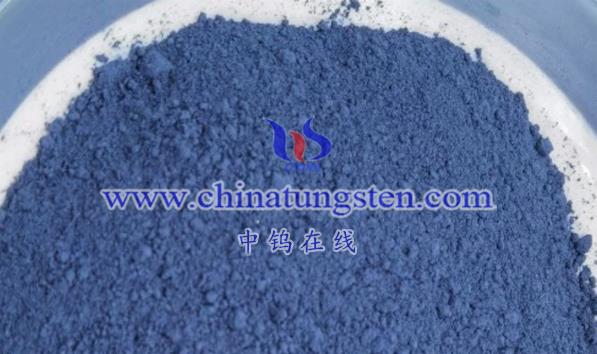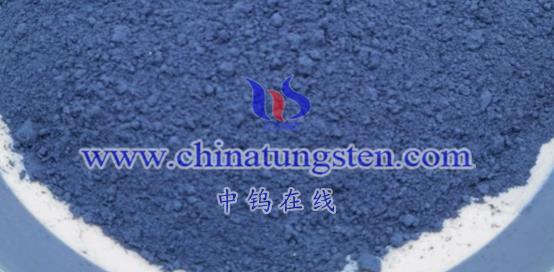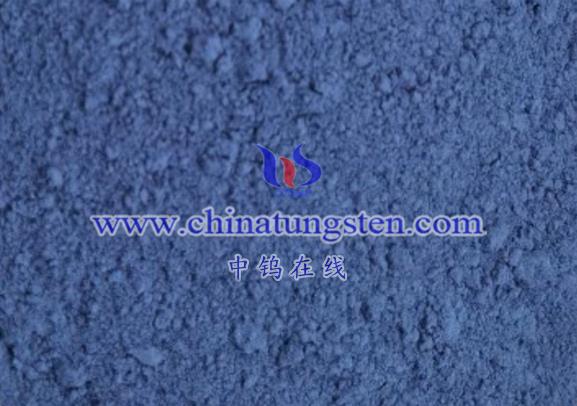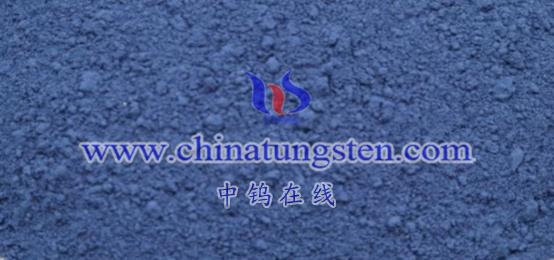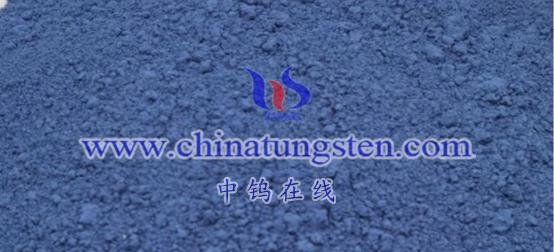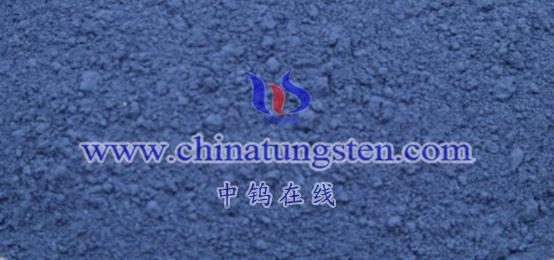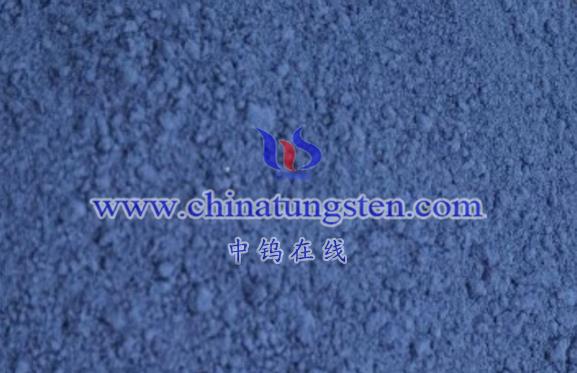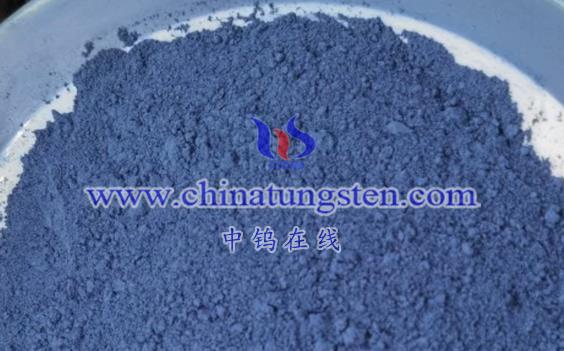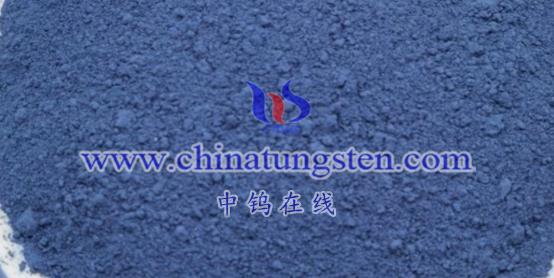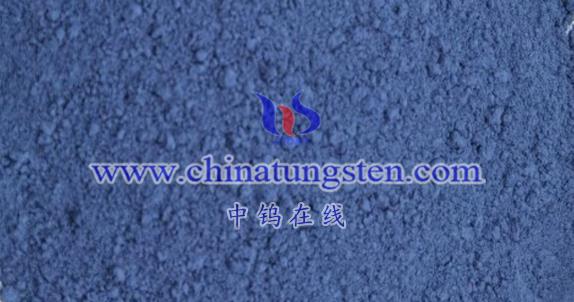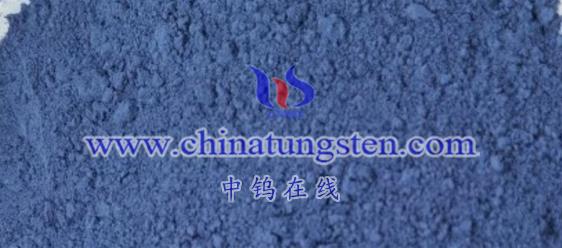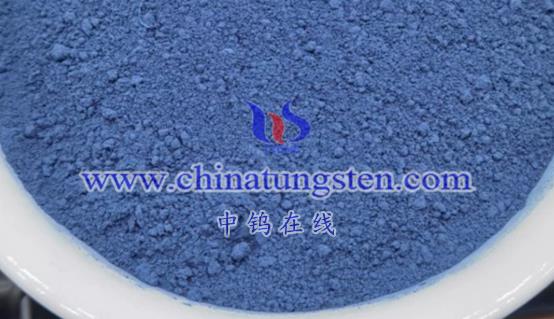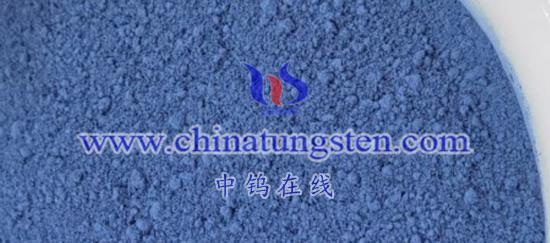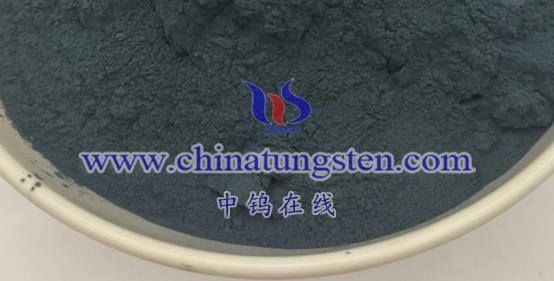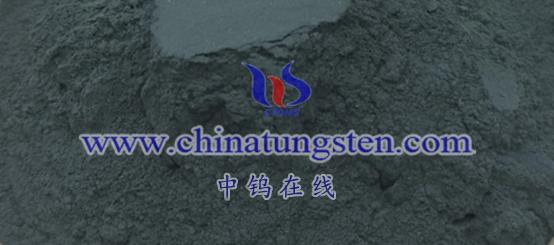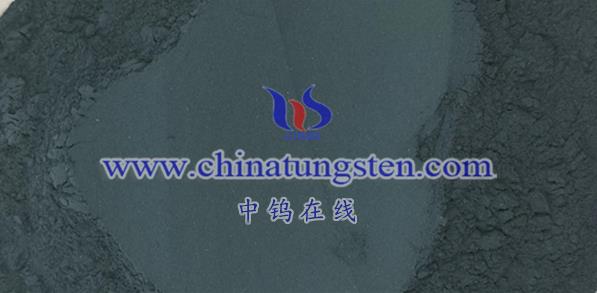
Tungsten bronze, an important inorganic compound, can be synthesized through various production methods, each with its unique processes and applications. Below is an overview of the main production methods for tungsten bronze.
- Wet Chemistry Methods
Wet chemistry is a traditional approach to synthesizing tungsten bronze, relying on chemical reactions in solution. Among these, the hydrothermal method stands out as one of the most widely used techniques.
1.1 Hydrothermal Synthesis Method
The hydrothermal synthesis method uses high-temperature and high-pressure aqueous environments to facilitate reactions between raw materials, producing tungsten bronze. This technique is ideal for creating high-quality tungsten bronze with excellent crystallinity and controlled particle size.
Process of Hydrothermal Synthesis:
- Preparation of Raw Materials
Use tungsten oxide (e.g., WO₃), metal salts (e.g., LiOH, NaOH), and other necessary additives. - Mixing and Reaction
Mix the materials in specific ratios, place them in a high-pressure reactor, and add water as a solvent. Under high-temperature and high-pressure conditions, chemical reactions occur, forming a precursor of tungsten bronze. - Crystallization
Control parameters like temperature, pressure, and reaction time to crystallize the precursor into tungsten bronze. Washing and centrifugation may be needed to remove impurities. - Drying and Calcination
Dry the crystallized precursor, then calcine it at an appropriate temperature to enhance crystallinity and purity.
Advantages of Hydrothermal Synthesis:
- High-Temperature and Pressure: Ensures complete reactions and effective crystallization.
- High Product Quality: Enables precise control over the crystallinity and particle size.
- Wide Applicability: Suitable for producing various tungsten bronzes, including alkali-metal and rare-earth types.
1.2 Other Wet Chemistry Methods
Other methods such as sol-gel and co-precipitation can also produce tungsten bronze. These rely on solution-based reactions and have specific applications.
- Thermal Reduction Methods
Thermal reduction involves reducing tungsten oxide to tungsten bronze using a reducing agent at high temperatures. This method is straightforward and uses readily available materials, making it a popular choice.
2.1 Solid-Phase Thermal Reduction
In this process, tungsten oxide, metallic powders, and metal tungstates are mixed and heated under an inert atmosphere or vacuum to produce tungsten bronze.
Process of Solid-Phase Thermal Reduction:
- Mixing Raw Materials
Blend tungsten oxide, metal powders, and metal tungstates in appropriate ratios. - Heating and Reduction
Heat the mixture in a furnace under an inert atmosphere or vacuum, where metal powders reduce tungsten oxide to tungsten bronze. - Cooling and Separation
Cool the product to room temperature, then remove impurities through washing or centrifugation.
Advantages of Solid-Phase Thermal Reduction:
- Simple operation and equipment requirements.
- Readily available raw materials.
- Suitable for various types of tungsten bronze.
2.2 Thermal Decomposition
Thermal decomposition uses precursor compounds that decompose at high temperatures to form tungsten bronze. This method is effective for producing high-purity tungsten bronze.
Process of Thermal Decomposition:
- Prepare Precursor Compound
Synthesize a precursor compound suitable for decomposition. - Decomposition
Heat the precursor in a furnace, decomposing it into tungsten bronze. - Cooling and Collection
Cool the product and remove residues to obtain pure tungsten bronze.
Advantages:
- High Purity: Most impurities are removed during decomposition.
- Simplified Process: Relatively straightforward operations.
Challenges:
- Complex precursor preparation.
- Requires precise control of conditions like temperature and atmosphere.
- Electrochemical Methods
Electrochemical methods use electrolysis to deposit tungsten bronze on electrodes. This approach is widely used for producing specific types of tungsten bronze, such as hydrogen or lithium tungsten bronze.
Process of Electrochemical Synthesis:
- Electrode Preparation
Prepare tungsten oxide-coated conductive substrates as working electrodes. - Electrolyte Preparation
Mix metal salts (e.g., lithium or sodium salts) with additives to create the electrolyte. - Electrolysis
Place working and inert electrodes (e.g., platinum or graphite) in the electrolyte and apply voltage and current. Metal ions are reduced and deposited as tungsten bronze. - Post-Treatment
Wash and dry the deposited tungsten bronze to remove impurities.
Advantages:
- Simple Equipment: Requires basic electrochemical setup.
- Ease of Control: Precise control over deposition rate and composition.
- Wide Applications: Ideal for producing highly specialized tungsten bronzes.
- Other Methods
Other methods like ion-exchange and mechanical-physical techniques are less common but serve specific purposes.
Ion-Exchange Method
Involves replacing metal ions in solution with tungsten ions using ion-exchange resins or membranes. This method offers high selectivity but is typically used for specific applications.
Mechanical-Physical Methods
Mechanical forces or physical effects, such as ball milling or shock waves, are used to produce nano- or micro-scale tungsten bronze powders or films.
Each production method for tungsten bronze has unique processes and advantages. The choice of method depends on specific application needs and production conditions. Regardless of the approach, strict control of conditions is essential to ensure high-quality tungsten bronze products.
More details of tungsten oxide product, please visit website: tungsten-oxide.com
Please contact CHINATUNGSTEN for inquiry and order of tungsten oxide:
Email: sales@chinatungsten.com
Tel.: 86 592 5129595
